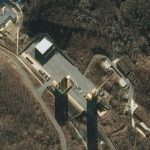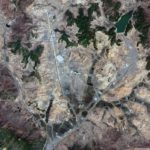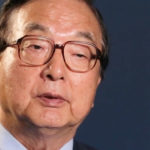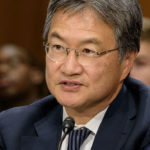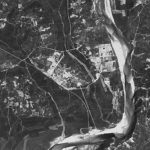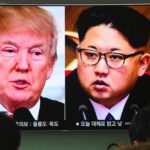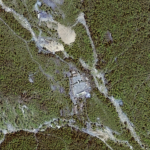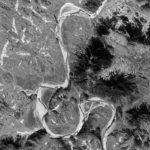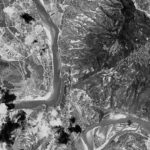January 30, 2019, by Joseph S. Bermudez Jr. and Victor Cha—
As of January 20, 2019, commercial satellite imagery of the Sohae Satellite Launch Facility (Tongchang-ri) shows that no new dismantling activity has occurred at the vertical test engine stand or the rail-mounted processing building since August 2018.
January 21, 2019, by Joseph S. Bermudez Jr., Victor Cha and Lisa Collins—
Located 212 kilometers north of the DMZ, Sino-ri is an operational missile base that houses a regiment-sized unit equipped with Nodong-1/-2 medium-range ballistic missiles (MRBM). It is one of the oldest of approximately 20 undeclared missile operating bases and is reported to serve as the headquarters of the Strategic Rocket Forces Nodong missile brigade. It may have also played a role in development of the newest generation Pukkuksong-2 (KN-15) ballistic missile first tested or unveiled by North Korea on February 12, 2017.
December 18, 2018—
This Living History interview features Ambassador Chung Chong Wook, former Republic of Korea ambassador to China and former senior secretary to President Kim Young-sam for national security and foreign policy. Ambassador Chung recounts his personal experience serving as a senior government official during the summer of 1994 that was marked by a series of critical events in inter-Korean and U.S.-South Korea-North Korea relations.
August 23, 2018—
This Living History interview features Ambassador Joseph Yun, former U.S. Special Representative for North Korea Policy and Deputy Assistant Secretary for Korea and Japan at the Bureau of East Asian and Pacific Affairs. Ambassador Yun recounts his diplomatic experience negotiating with the North Koreans and a series of efforts to maintain a direct line of communication with his counterparts. He also discusses his role in bringing back a detained U.S. citizen, Otto Warmbier, from North Korea.
July 16, 2018, by Joseph S. Bermudez Jr. and Beyond Parallel—
North Korea’s pursuit of a nuclear weapons program is nearly six decades old. While archival documents have previously provided some evidence of North Korea’s intent to build weapons of mass destruction at an early stage in the Cold War, newly declassified satellite imagery from the Central Intelligence Agency gives us a more precise picture of how and exactly when North Korea started developing the fundamental components of its nuclear weapons program.
June 11, 2018, by Victor Cha—
There has been much criticism of President Trump's impulsive actions and the unconventionality of the Singapore Summit. However, absent a complete breakdown of the encounter between the leaders, the summit is likely to produce a negotiation process between the United States and North Korea that will implement the mandates laid out by the leaders on denuclearization, security assurances, and a peace process on the Korean peninsula.
May 21, 2018, by Seong-whun Cheon—
The absence of specifics on the nuclear issue in the Panmunjeom Declaration means that the inter-Korean summit has passed the nuclear buck on to the U.S.-DPRK summit. In particular, by introducing measures for promoting bilateral relations that are contingent on satisfactorily addressing the nuclear issue, the Panmunjom Declaration makes settling the nuclear issue a precondition for improving inter-Korean relations.
May 21, 2018, by Victor Cha and Lisa Collins—
Newly acquired satellite imagery from May 19, 2018 shows that preparations for the shutdown of the North Korean nuclear test site at Punggye-ri appear to be underway, and that a number of facilities have been shuttered. .. Newly acquired satellite imagery by Beyond Parallel on May 19, 2018 shows that preparations for…
May 14, 2018, by Joseph S. Bermudez Jr. and Beyond Parallel—
The exact origins of North Korea’s nuclear program are still shrouded in mystery despite being the object of study for over twenty-five years. Contrary to common perception, early satellite imagery from the Central Intelligence Agency, taken on December 15, 1962 and June 27, 1963, shows that construction on the Yongbyon Nuclear Research Center in North Korea started sometime after June 27, 1963 and before July 16, 1964.
April 23, 2018, by Joseph S. Bermudez Jr. and Beyond Parallel—
Despite being the subject of intense study for almost 60 years there is remarkably little independently verifiable information concerning the development of North Korea’s nuclear infrastructure available at the unclassified level. This series of reports entitled "Yongbyon Declassified," tries to rectify that by examining high-resolution satellite imagery acquired by early U.S. reconnaissance programs.
